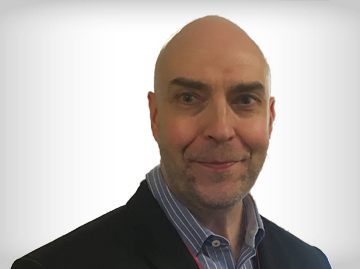Human factors have long played a role in the life of Finland’s Safety Investigation Authority Human Factors Investigator, Dr Hannu Hanninen.

From a basketball scholarship to the United States in his early 20s to a doctorate on one of the worst maritime disasters of the 20th Century, the 1994 sinking of the Estonia in the Baltic Sea, human factors continue to dominate his life.
Dr Hanninen, 51, is in Australia to participate in the Australian Transport Safety Bureau’s Human Factors for Transport Safety Investigators course, along with other safety investigators from around the world.
Human Factorsis a scientific discipline primarily concerned with the interaction between humans and the socio-technical systems with which and in which they work.
Dr Hanninen believes people who find themselves involved in accidents are not generally risk takers. “It is among the normal work of people where we tend to find failures,” he said.
“As investigators, we don’t just look at the accident, but at the work of people, to search for what produced a failure. It is not difficult to learn who made the final mistake. The bigger question is how did it come to that.
“Investigations might look at systems, engineering and process, but ultimately accidents occur because of the human element.”
He says exploring the human factors in accident investigations is fundamental to understanding how and why something happened.
Human factors played a role very early in the career of the former Finland junior national basketballer when he spent a year in the United States on a basketball scholarship at North Idaho College.
“Basketball was important to me but I quickly realised that the Americans had so many good players,” he said. “I was grateful for the opportunity but I moved on.”
After undergraduate study in organisation and management, Dr Hanninen, was inspired to pursue a career in accident investigation after the 1996 grounding of the Sea Empress, off the coast of Pembrokeshire in Wales.
The single hulled oil tanker hit rocks in a channel, holing her below the waterline. About 72,000 tonnes of light crude oil spilled into the sea, devastating bird and marine life and the Welsh coast.
Dr Hanninen says he is in Australia to learn about our way of investigating accidents, our human factors challenges and how our people work. “I can already see that your roles are more specific,” he said. “In Finland, our office is more multi-tasked.”
He says Australia’s no-blame attitude to investigations is similar to Finland’s. “This is a critical element in getting to the truth, as is having that separation between a police and a safety investigation,” he said.
While in Australia he hopes to pursue the opportunity for Finland’s Safety Investigation Authority to use the ATSB’s laboratory for ‘special’ investigations. “We don’t have our own technical laboratories. We could get material shipped to Australia within a few days. Geography is not a problem.”
In the meantime he is missing the other human factors in his life: his wife and eight-year-old identical twin daughters.


